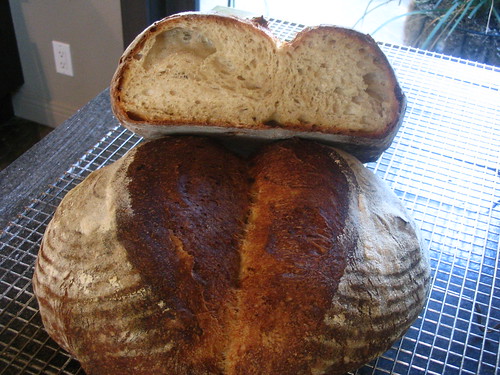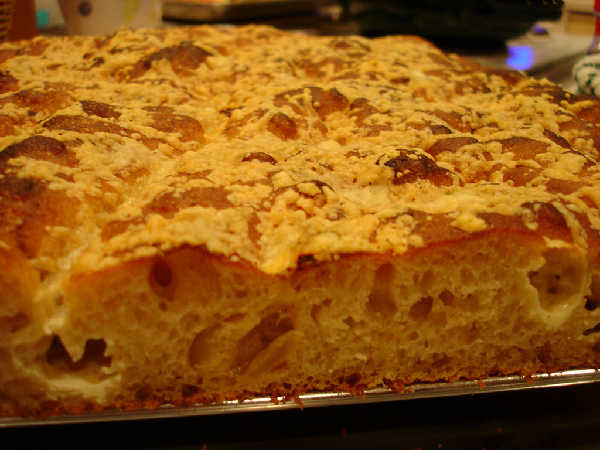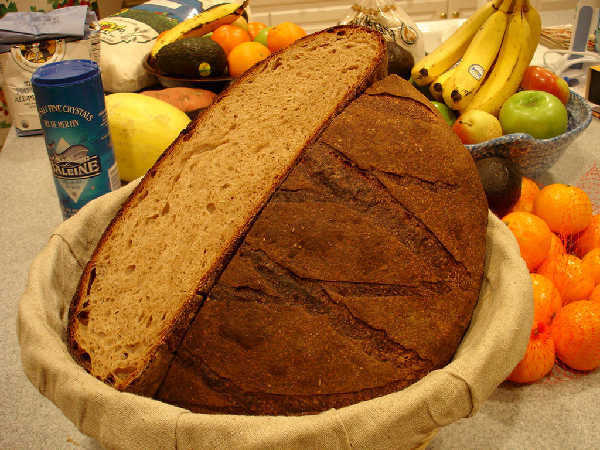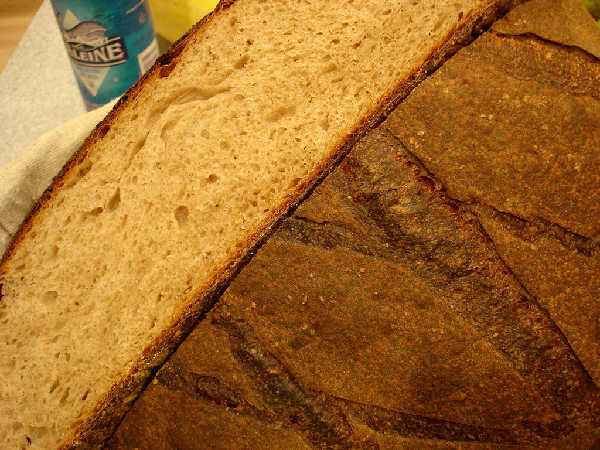Hello to the gang...
After a lonnnnggg summer of gardening, working on the house, and work in general. I am back, and I am glad to see alot of the old gang still here. JMonkey, ehanner, browndog, AnnieT, bluezebra, bwraith, and the rest...HELLO... Nice to see you still around. And of course hello Floyd, nice to see some of the neat tweaks to the webpage. To everyone I have missed out on meeting, hello, I look forward to talking bread with you. Hope everyone had a great summer...... Its nice to be back.
- Log in or register to post comments
- 7 comments
- View post
- tattooedtonka's Blog



